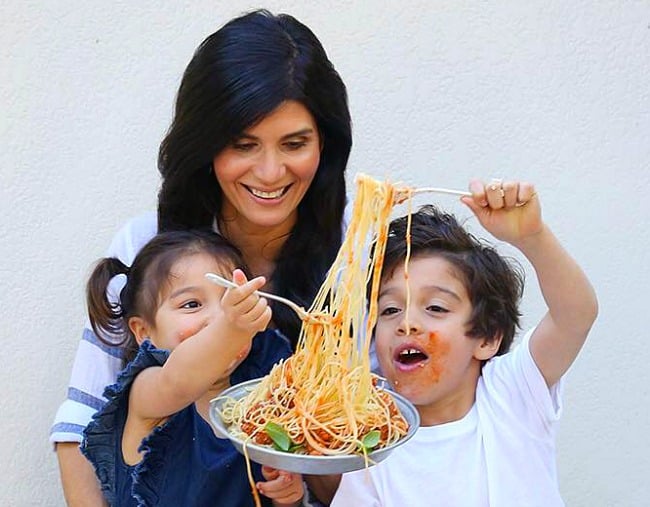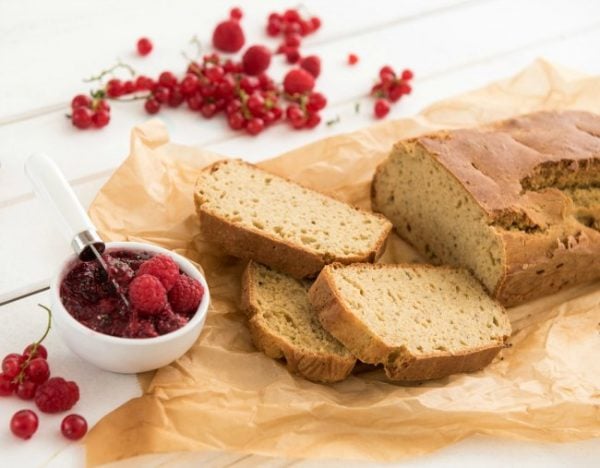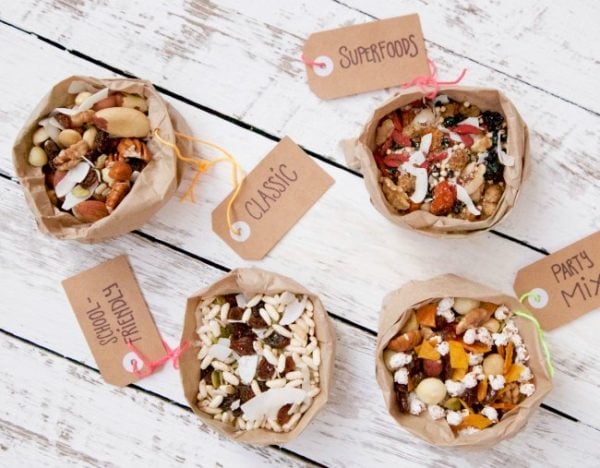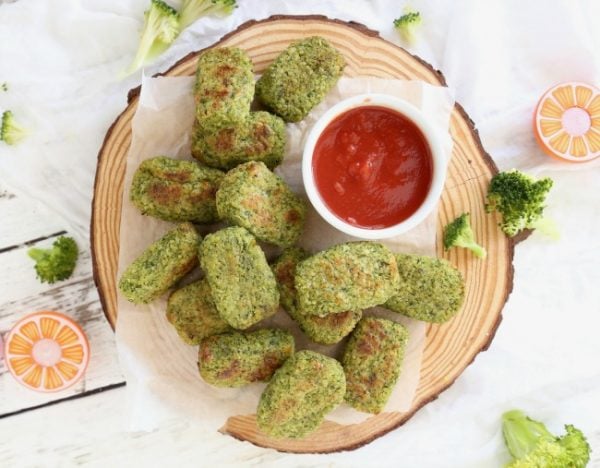
With gluten sensitivities, intolerances, coeliac disease and being coeliac (or celiac as it is spelled in the US) becoming more and more commonplace, gluten-free products are being marketed to consumers as the ‘healthier choice’. But before you overhaul your family’s diet, it’s important to know that many of these products are not as healthy as they seem – and going gluten-free might not be for everyone.
Most supermarket gluten-free snacks and bread products are high in refined carbohydrate, fat and salt with their main ingredients including maize, potato starch and cornstarch as well as added sugars and preservatives. For the biggest nutritional punch, swapping from refined grains to gluten-free whole grains will give you a more noticeable boost than cutting out gluten and replacing with refined gluten-free products.
Even if you are not coeliac and there is no real reason to cut out gluten, it is best to understand that our diets have become so overloaded with food containing wheat and gluten that increasing variety to include gluten-free whole grains such as amaranth, quinoa, buckwheat, teff, millet and brown rice is the best strategy to ensure you and your family getting the full spectrum of nutrients available.
I would always suggest seeking expert advice from a dietician or nutritionist before making any drastic changes to your diet but if you are thinking about going G-free, my book is packed with simple and delicious gluten-free recipes for kids and below are some ideas to help make the transition as stress- and gluten-free as possible.
What is gluten?
Gluten is a sticky protein found in wheat, barley and rye. It’s the ingredient that gives bread its elasticity and is commonly used as a stabiliser to prolong food’s shelf life.
































































































